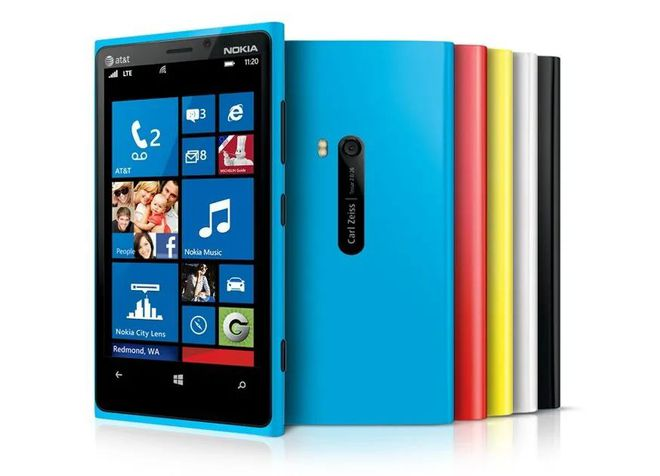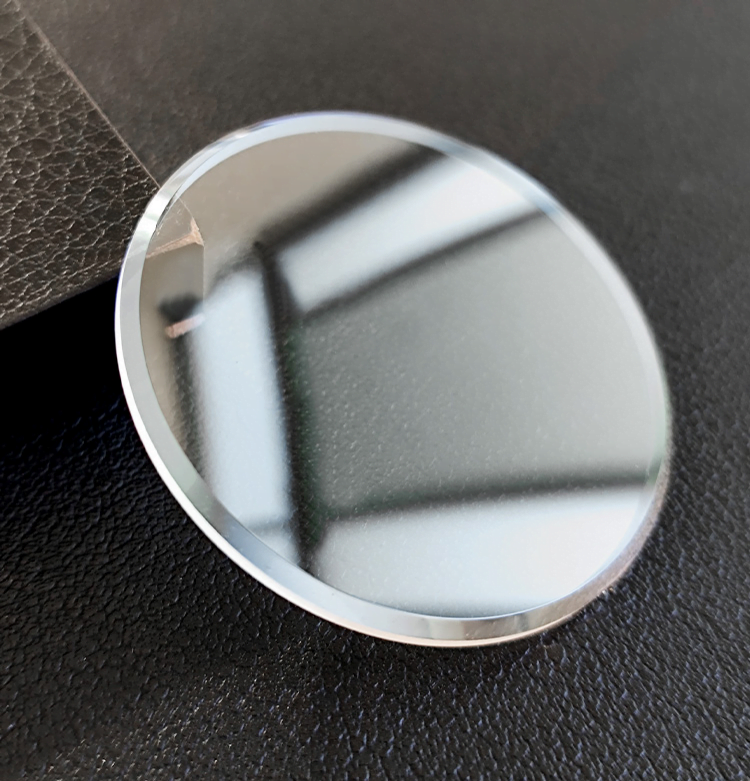Introduction to the types of screen cover
With the progress of science and technology and the diversification of consumer needs, the application of screen covers in electronic devices is becoming more and more important. Screen covers not only protect the screen from external damage, but also enhance the aesthetics and user experience of the device. In this article, we will introduce several common types of screen covers and discuss their characteristics and application scenarios.
1. Glass cover
Tempered glass: Tempered glass is currently the most common screen cover material, representing brands such as Corning’s Gorilla Glass and Asahi Glass’ Dragon Trail Glass. Through chemical strengthening treatment, this kind of glass has high hardness and scratch resistance, as well as high light transmittance and good touch feeling. This cover is widely used in devices such as smartphones, tablets and high-end laptops.

Ordinary glass: Compared to reinforced glass, ordinary glass is less costly but relatively easy to break and scratch, and is usually used in low-end devices or as an auxiliary means.
2. Plastic Covers
Polycarbonate (PC): Polycarbonate is a common plastic cover material with the advantages of low cost, light weight and good impact resistance, but its scratch resistance and hardness are not as good as glass. Polycarbonate covers are mostly used in some low-end and mid-range devices or products that require lightweight design.

Polyethylene terephthalate (PET): PET material is mainly used to make screen protectors, but it can also be used as a cover material. It is highly transparent but less durable and is mostly used in products that require cost-effective solutions.
3. Sapphire glass cover
Sapphire glass has a very high hardness, second only to diamond, so it has excellent scratch resistance and high light transmission, but at a higher cost. Sapphire glass is commonly used in high-end smartphones, watches and camera lenses, which require high scratch resistance.

4. Ceramic Cover
Ceramic cover plate is made of special ceramic material with high hardness and high abrasion resistance, and it has excellent hand feeling and outstanding appearance and texture. Ceramic cover plate is not only beautiful, but also has excellent drop resistance, widely used in high-end smartphone market, such as Xiaomi and Yiga and other brands of flagship products.

5. Composite cover
Composite covers are made of a variety of materials, combining the advantages of different materials. For example, the combination of glass and plastic can both maintain high light transmission and enhance impact resistance. The cost and performance of this type of cover can be adjusted within a certain range for equipment with different needs, making it a flexible solution.
6. Flexible Covers
Often used in flexible screen devices (e.g. foldable phones), flexible covers are made of special plastic or composite materials that can bend and fold with high durability and light transmission. While their feel and scratch resistance may be slightly less than reinforced glass, their flexibility and adaptability make them an important part of future device designs.
RJOYTEK is a technology company that specializes in LCD modules and board development. We have a complete LCD module cutting, cleaning, chipping, and assembly production line. We also have an independent design team. Our factory has passed ISO9001, ISO14001, and ISO45001 certifications. We are capable of accepting large-scale ODM&OEM orders.
If you need further technical support, please feel free to Contact Us!
- Products list please check on TFT LCD Display Modul
- Check the LCD Panel Video visit LCD SOLUTION RJY
- If you need engineering support, please contact us
